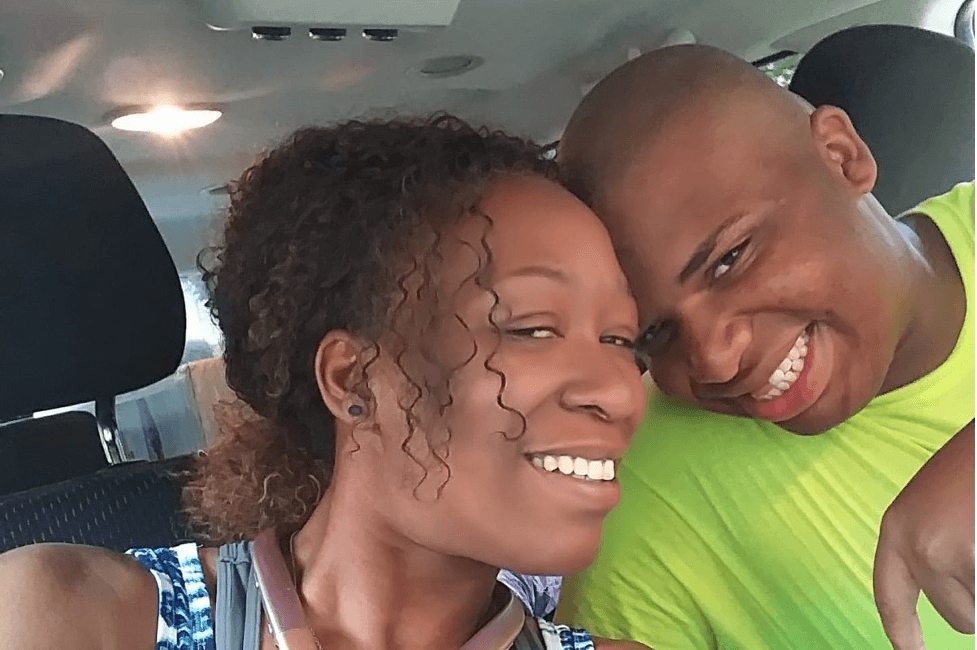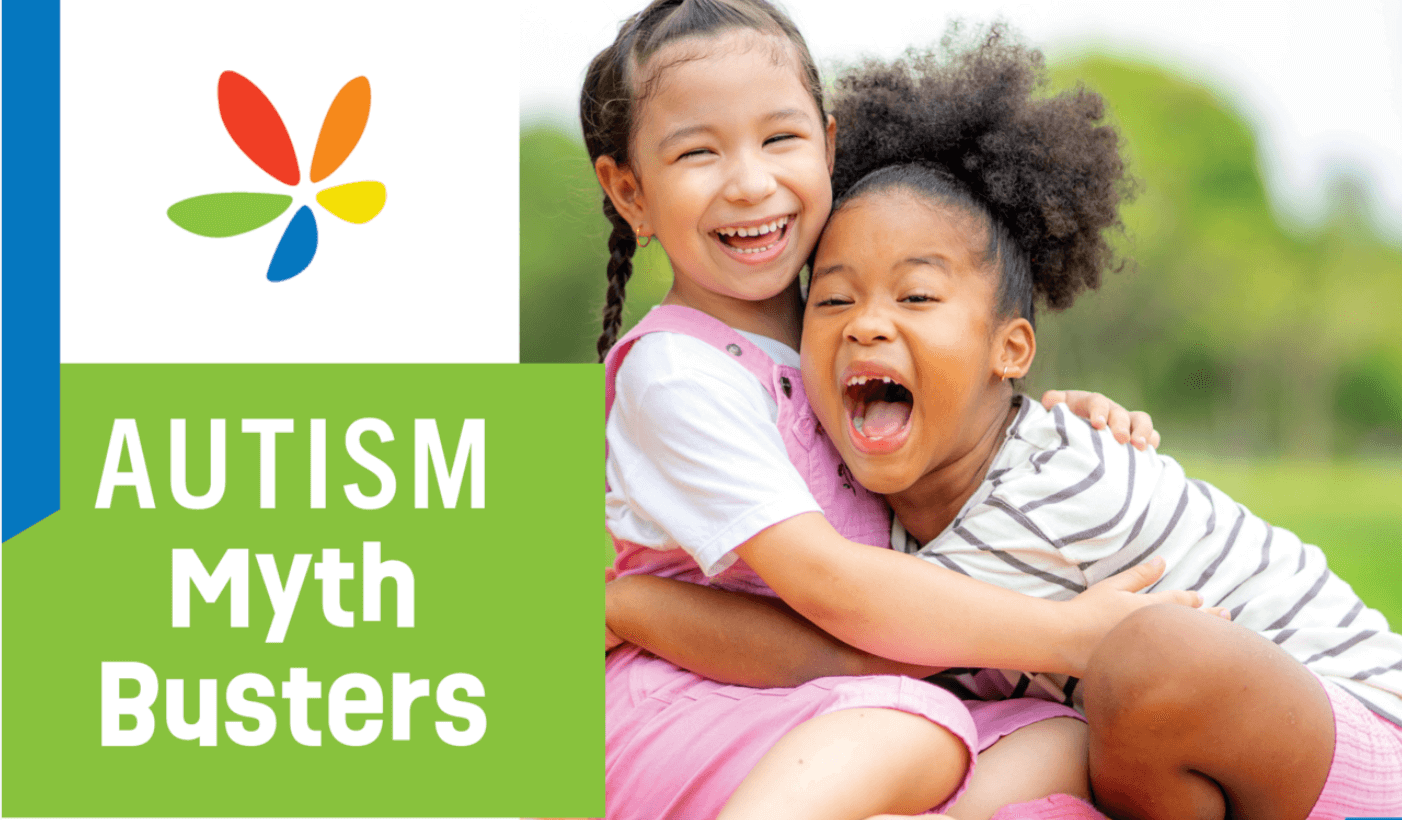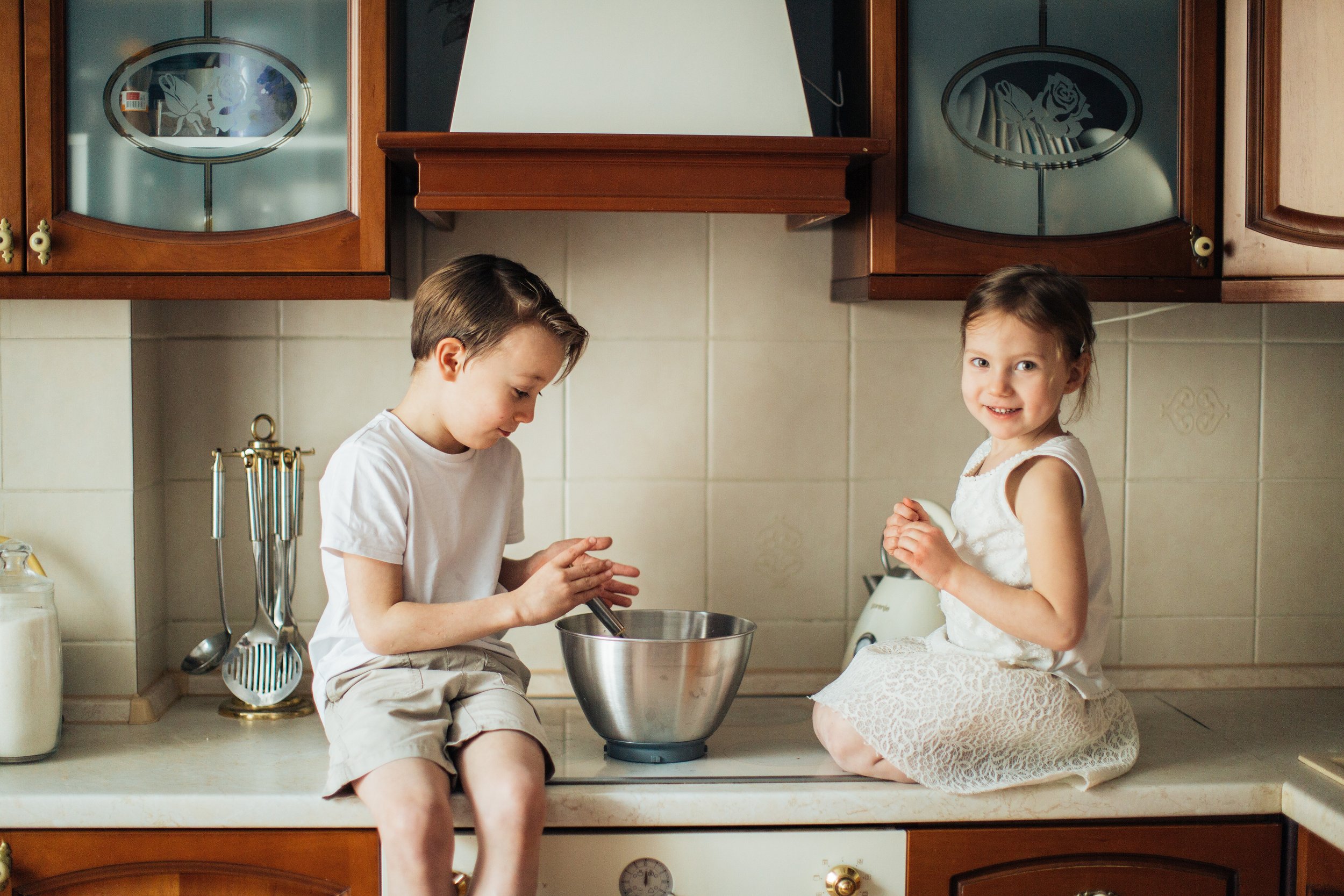November 7, 2025
Why Gratitude Matters, and How to Foster It in Kids with ASD
FEATURED POSTS
There’s a science behind thankfulness. What researchers are learning about gratitude is that it can be transformative for families, neighborhoods, schools, and workplaces. And it can be good for kids.
At the University of California at Berkeley, scientists at The Greater Good Science Center study social and emotional well-being. In 2014, they launched Expanding the Science and Practice of Gratitude, a multiyear project studying gratitude.
“Studies have consistently found that people who practice gratitude report fewer symptoms of illness, including depression, and more optimism and happiness,” notes the book The Gratitude Project: How the Science of Thankfulness Can Rewire Our Brains for Resilience, Optimism, and the Greater Good, by Jeremy Adam Smith (New Harbinger Publications, 2020).
Families of kids on the autism spectrum have taken note. Some say there’s a misconception that people think kids and adults with autism lack empathy and struggle with anything in the social-emotional realm. They counter that there are things families coping with autism can do to cultivate gratitude in their kids and make them feel included. And they say Thanksgiving is a good time to put those strategies into action.
THE FOUR ASPECTS OF GRATITUDE
Some of those strategies are about modeling behaviors for your kids that they can understand. Researchers at the University of North Carolina at Greensboro say parents can teach their children about expressing thanks in a meaningful way by focusing on:
· NOTICING things in your life that make you grateful
· THINKING about why you have those things
· FEELING grateful for your gifts
· DOING something to express your appreciation
In the study, parents reported on how often they saw these four types of gratitude in their children. They started with helping kids simply notice gifts, and then helping them make sense of their thoughts and feelings about specific gifts. Parents reported that actions to show appreciation really made an impact on kids.
“What children DO to show gratitude won out over what they NOTICE-THINK-FEEL,” the researchers found. “These findings suggest that there are opportunities for fostering gratitude in children that many parents have yet to tap.”
The study’s researchers concluded that asking questions about what you NOTICE-THINK-FEEL and DO when you receive a gift can help kids learn not to take things for granted. Parents can teach this concept by recognizing kindnesses and showing kids how other people feel when you express thanks in a real way.
FOSTERING GRATITUDE
Georgia mom Shanita Swanson connects with the idea that actions are more important than words when it comes to fostering gratitude.
Something another woman told her when her son was young still sticks with Swanson, an emergency medical technician and autism awareness advocate in Conyers, Ga., who raised a son on the spectrum.
“She said: ‘Never treat your son like he’s any different than anybody else,” Swanson recalls, “because if you do, you won’t do anything but hinder him.”
Though her son passed away two years ago when he was 19, Swanson spent years helping him grow to love celebrating Thanksgiving. She took him with her to feed the homeless. She let him help in the kitchen. And she kept her cool through occasional meltdowns.
“They might not be able to do everything,” Swanson says, “But you find something that they’re good at and let them participate in all the family events where they feel included. I think that helps with their empathy and shows them what they’re thankful for. We can teach them how to appreciate certain things. Let them know that they’re included, instead of thinking they can’t help do something.”
MORE THAN WORDS
Raising grateful kids means more than teaching them polite responses like “please” and “thank you.” Even if kids on the spectrum have trouble understanding some emotions, they may be able to understand how showing appreciation makes other people feel, the Child Mind Institute says.
Demonstrating that idea could mean finding other ways to say thanks, whether it’s drawing a picture for Grandma or bringing cookies to the fire station. Days like Thanksgiving can be a good time to help kids put things into perspective, develop compassion, and turn interests into action.
Learn more about making holidays a success with our blogs on holiday baking and helping kids through meltdowns.










